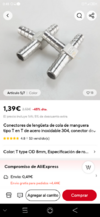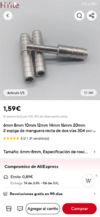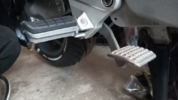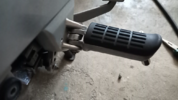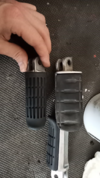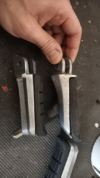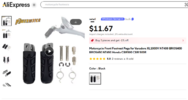Greetings, Leonardo, congratulations! You're going to leave it looking like it came off the production line. I'd be grateful for all the wiring. You know, I'm hopeless when it comes to electrical work. This way, I can keep learning.
Veeeeeess ...
Veeeeeess ...


